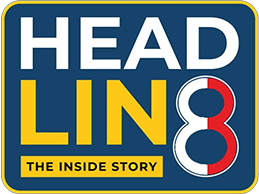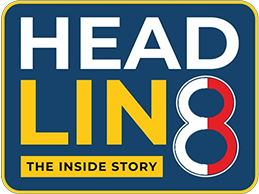World literacy day: Every year on September 8 World Literacy Day is observed to bring attention to and concern for literacy issues that affect both domestically and internationally. The United Nations Educational, Scientific and Cultural Organization, or UNESCO, established International Literacy Day in 1966 “to remind the public of the importance of literacy as a matter of dignity and human rights,” and it returns responsibility for the problems of illiteracy to local communities where literacy begins, one person at a time.
Technology is used by people of all age groups around the globe. There has been rapid technological innovations in the last decade. Technological innovations, especially digital products are marketed for the use of children from a very tender age to adults of all age groups.
The development of literacy now involves more than just reading and writing. Technology literacy is also necessary for people. So it makes sense to combine the two, literacy development and technology.
The literal meaning of literacy is the ability to read and write. But with the massive impact of technology on youth, are the traditional methods like story-telling or building blocks are getting washed away. But however technology can also be misused in literacy development. The mere fact that a teacher or institution has access to technology does not guarantee that it is being used effectively. Students are not making connections or learning new knowledge when they watch movies or play games in a passive manner.
But as mentioned, both literacy development and technological usage should go simultaneously.
Some of the most common methods of increasing literacy with the help of technology are.
1. Text-to-Speech Apps Assist Students with Learning Disabilities
Voice reading applications, or text-to-speech apps, are fantastic tools for struggling readers. The text is read aloud by the app so that students can follow along while listening.
It accelerates reading, lessens stress, and enhances comprehension for students who have dyslexia and other learning impairments.
2 . Digital Project-Based Learning Encourages Comprehension
Using media to emphasise a point is always beneficial since it enables students to create connections and apply what they have learned to other mediums, whether the subject is language arts, history, or even physics.
When using a digital project-based learning approach, students form groups and collaborate to produce something digital, like a film, website, or blog post, to demonstrate their comprehension.
You may also like to read: Google celebrates Indian singer, composer and filmmaker Dr. Bhupen Hazarika 96th Birthday with a special Doodle
3.Game-Based Learning Is More Engaging
Games are a guaranteed method to keep youngsters’ attention, and the internet is a goldmine for them!
You may find online games for everything from vocabulary to grammar to spelling and more by performing a fast Google search. You can either have students play games on their personal computers or tablets or project games onto a SMART Board for the class to play together.
Games may reduce complex grammar principles and make them simpler to comprehend in a fun and engaging way, which is why they are so useful.
5. Collaborative Tools Boost Writing Skills
Make it exciting by putting student work online rather than assigning writing assignments that only the teacher will read. They’ll probably work a little bit harder to make their writing the best it can be if they know it will be published on a blog for all to see.
Similar to project-based learning, students can work together on writing projects using Google Docs, where they can read and comment on each other’s work. An excellent literacy practise tool is correcting other people’s errors.









